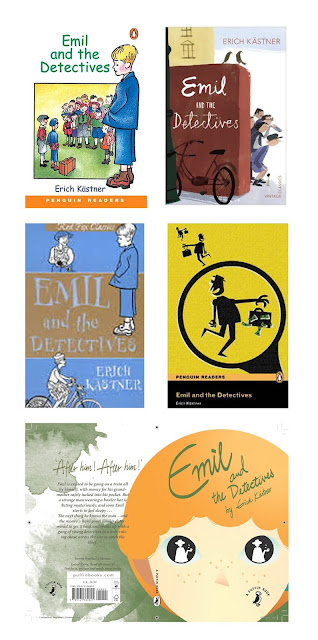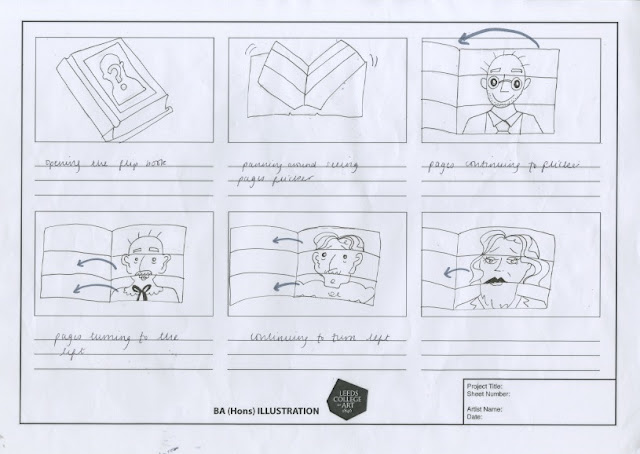Narrative in our Responsive work:
- Our work needs to be memorable as so many people are entering these competitions: it needs to stand out and provoke reaction
- Stories saturate our lives
- Using narrative can enhance and underpin your creative work
Three levels of narrative:
- Thesis- statement/theory put forward to be maintained/proved
- Antithesis- direct opposite comes along and there is conflict
- Synthesis- things are resolved
The John Lewis adverts use this structure; they sell a story and not the product, this way they are so successful at promoting the brand through emotion.
Seven basic plots
- Overcoming the monster
- Rags to riches
- The Quest
- Voyage and return
- Comedy
- Tragedy
- Rebirth
Task: Select a YCN/D&AD brief; Fever Tree premium natural mixers
Apply adjective: Sophisticated
Identify facts:
- The brief states that we have to design limited edition bottles to raise money for Malaria No More UK
- The product is a premium tonic water/ mixer designed to enhance the worlds finest spirits
- They are unrivalled in terms of quality and taste
- The product uses all natural ingredients, no artificial sweeteners and flavourings
- It has been voted the best selling and top trending tonic brand (drinks international 2015)
- It is proudly poured in 8 of the worlds top 10 restaurants
- Sold in thousands of pubs, bars, restaurants and hotels in the UK as well as most major supermarkets and independent stores across the UK.
What is the brand community?
The brand community consists of consumers that enjoy sophisticated and higher quality alcoholic drinks, and are happy to pay more than the bare minimum to enjoy the drinking experience.
What do the facts say?
The facts say that the market for this product is hindering more towards the niche category; for over 18's that enjoy drinking high quality alcohol products. I get the impression that Fever tree want to promote the brand to more affluent customers, which reflects in their pricing against more mainstream and cheaper alternative mixers such as coca cola.
Can you apply emotion?
I would find it difficult to apply emotion to the fever tree brand alone, although if I took into consideration the connection with the charity Malaria No More UK I could try to interpret a more emotive theme in that way.
Can you communicate facts in an engaging story which highlights values/ benefits of the brand?
Again, I would find it rather difficult to think of a story associated with the brand. I personally find that the most engaging and emotive stories used within advertising feature children, with a young, naive and charming perspective on the story being told, the same being with the narrative being focused on a family etc. However this would be a little more difficult with the alcoholic restrictions being applied
Conclusions/plans from here:
If I am to have a go at this brief I will have to do so very carefully. I know now that narrative is the most effective and emotively engaging method of tackling a brief. Although I realise that with an age-limited product that this might close a few doors with emotive opportunities. However the connection with the charity Malaria No More UK could spark an emotional engagement with the people that this charity is trying to help, which could reflect upon the brand in some way.
What I will do from here:
- Try the drinks for myself; record the flavours taste and overall experience
- Research competitors and the market
- Research into the charity Malaria No More UK



















































